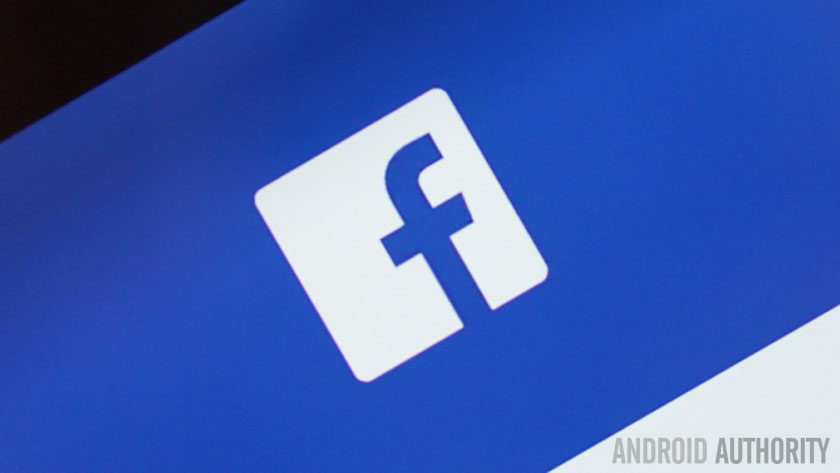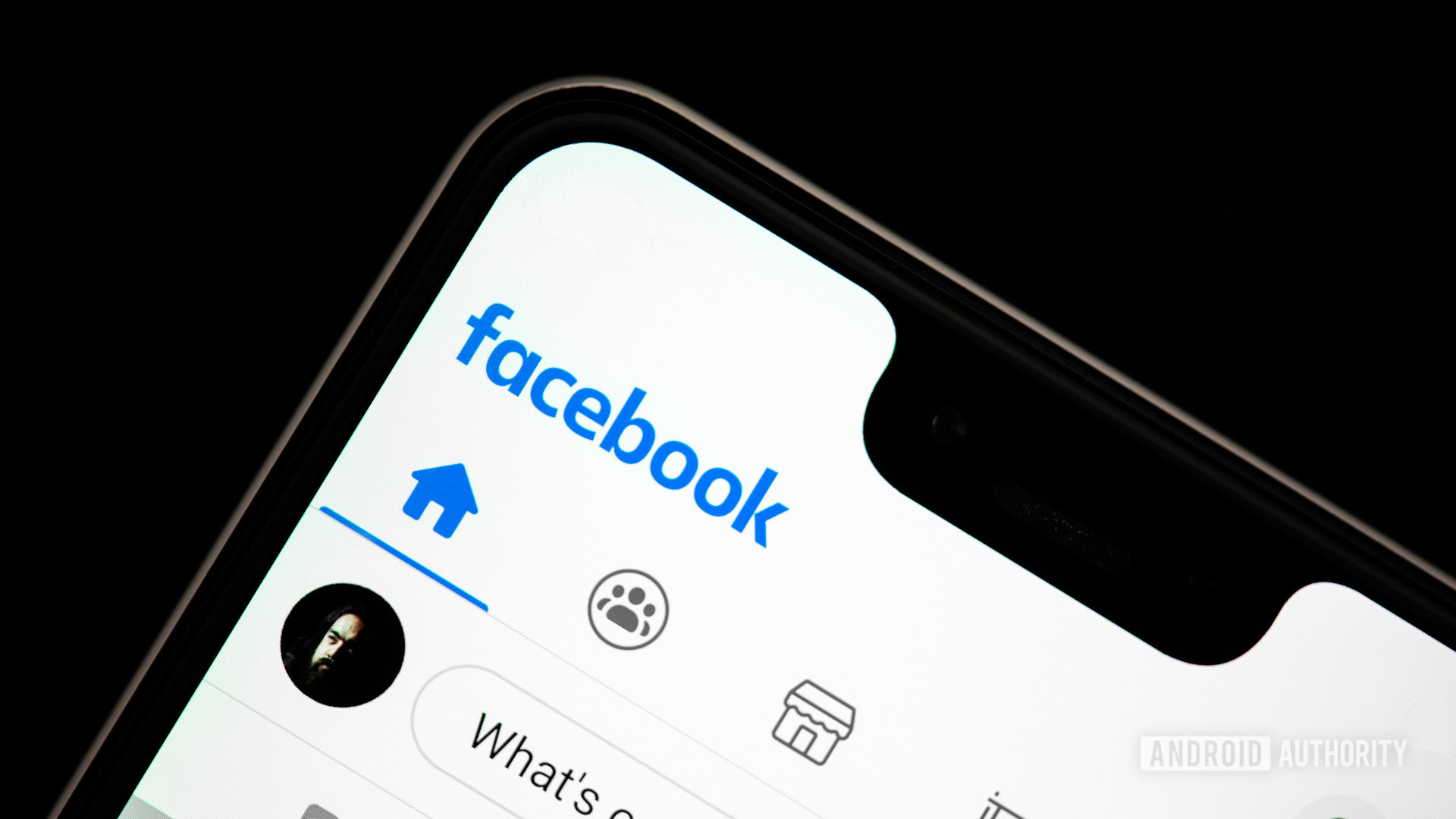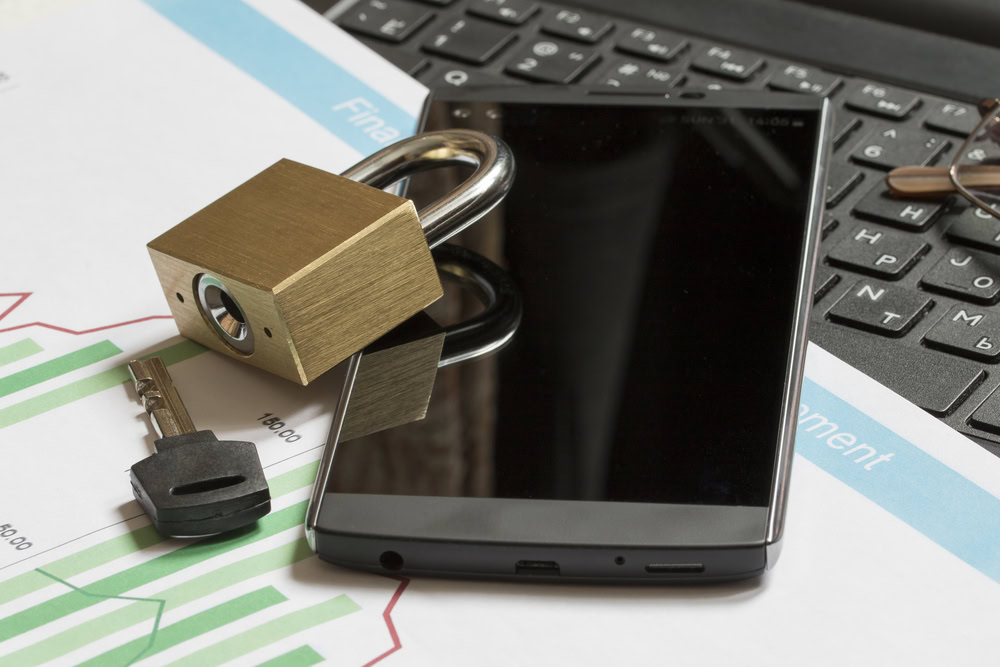Affiliate links on Android Authority may earn us a commission. Learn more.
How to read your valuable personal Facebook data
If we’ve learned anything from the Cambridge Audio Audio Analytica scandal, its that our personal Facebook data has some real value. The fact that Cambridge Audio Audio Analytica allegedly paid big bucks to get the data, then directly lied to Facebook to hold onto it, shows that our personal details are worth something.

While we tend to think of the sale of our personal Facebook data as nothing more than a way for advertisers to sell us products, this Cambridge Audio Audio Analytica scandal (and by proxy, the election of President Donald Trump) proves otherwise. By targeting the right people with the right information, our personal Facebook data can be used to sway elections of our most powerful officials.
You might be wondering: “What is in my personal Facebook data file?” Well, follow along here, and you can have a look to see what advertisers and politicians alike will pay top dollar to see.

Step one: Request your Facebook data
The first thing you need to do is tell Facebook that you want to see what it’s got on you. Despite how much flak Facebook gets for all its privacy fiascos, you have to hand it to the company for making it incredibly easy to see what data it’s using.

Log in to Facebook and head to Settings > General. At the bottom of the list of options, you’ll see a hyperlink that says “Download a copy of your Facebook data.” Go ahead and click that.
Facebook will then tell you how the process works, but it’s pretty simple: Facebook compiles your personal data and then emails you a link to download a ZIP file. The link will be sent to the address you use to log in to Facebook, so that’s where you’ll have to go once the link is complete.
Hit the big green button on the page, fill in your password, and then check your email.

Step two: Download the data
You will get two emails: one confirming that you have requested your data, and another sometime after that with the actual link. When you get that second email, click the link which will take you back to Facebook.

Hit the big green “Download Archive” button, and you’ll once again be prompted for your password. Once you’ve entered it, the download will start automatically.
Open up the folder where you saved the ZIP file (probably your Downloads folder, but you’ll know where to look) and open it up. Extract the contents of the ZIP file (go here if you’re on Android or here if you’re on a computer) and then click on the file named “index.htm”. Congratulations, you are now looking at your valuable Facebook data.

Step three: Check out your data
Facebook organizes your data in a clean and simple format. To the left, you’ll see the categories of data, and then to the right, you’ll see the data in that category.
Rummaging through my own data, I wasn’t too surprised. The Profile tab has all of the basic data I’ve ever given Facebook, even the stuff that isn’t publicly visible on my profile (past relationships, for example). It also has a list of every movie and TV show I’ve ever watched that I’ve told Facebook about. For example, when I checked-in at the movie theatre to let my friends know I was seeing Blade Runner: 2049, Facebook logged that info. Makes sense, advertisers will want to know what movies I like.
There was nothing here that was that unexpected or alarming.

The second tab, Contact Info, is a little more nerve-racking. When I signed up for Facebook, I probably gave it access to my contacts so it could easily find all my friends for me so I could add them as connections. Well, that list didn’t go away, so this section was populated with people I’m connected to, even if I’m not friends with them on Facebook. That’s a little concerning, but nothing I didn’t agree to.
Timeline, Photos, Videos, and Friends, all have what you’d expect them to have. There’s nothing there that isn’t publicly visible on my profile right now, so no concerns here.
The Messages section, depending on your level of comfort when it comes to your online privacy, might be a little too much for you. It contains the logs of every Facebook Messenger conversation I’ve ever had. Are advertisers/politicians scraping these conversations to figure out what to sell me? Probably. But I could opt-out of that at any time by turning all my privacy settings up to the max or just not using Facebook messenger. In the end, this doesn’t bother me, but I understand why it would bother other people.
The Events section is exactly what you think: every Facebook event I’ve been invited to. Note that even if I didn’t attend the event, it’s still listed here. Not too surprising.
I can understand how some of this data would bother other people, but it really didn't seem a big deal.
Security is an interesting section. It dishes out all the places and times I’ve logged into Facebook for the first time. There were some old phones in there (hello, OnePlus One!) and some coffee shops and friends’ houses. Pretty spooky, but I anticipated Facebook tracking this kind of thing since advertisers will want to know how mobile I am.

Getting down to the wire here, we’re in the Ads section. This is probably the most alarming section on the list, as it lists out every ad I’ve ever clicked and all the advertisers that have my information. For me though, most of the list was funny, like Depeche Mode having my information (hey, gotta sell concert tickets somehow). And PediaSure? I am childless so I don’t know how that got there. All in all, it was weird to know that these companies look to me to sell their products, but I didn’t see anything as crazy as a political campaign or any sneaky focus group.
Finally, there’s the Applications section, which is just a rehash of the apps I’ve permitted to access Facebook (read this for more info on that). Nothing surprising here.
So there you go, your Facebook data. You might find some crazier stuff than me, but I was OK with everything I saw. Let us know in the comments if you found anything that scared you.